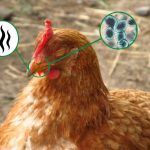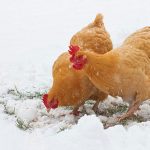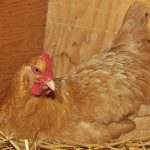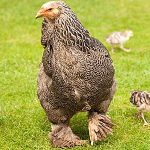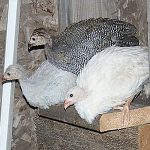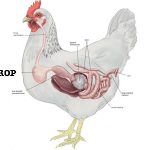
Cackle Hatchery® and Cackle’s Chicken Breeder Farms are members of the National Poultry Improvement Plan (NPIP). But exactly what is NPIP? What is NPIP? The National Poultry Improvement Plan is a nationwide collaboration between state and federal departments of agriculture. Its purpose is to monitor member flocks and hatcheries and certify them as being free […]
Continue Reading


